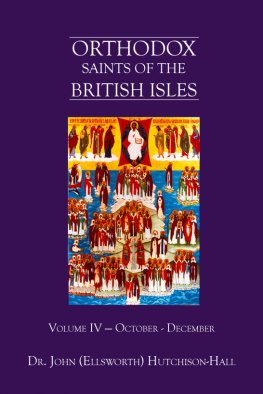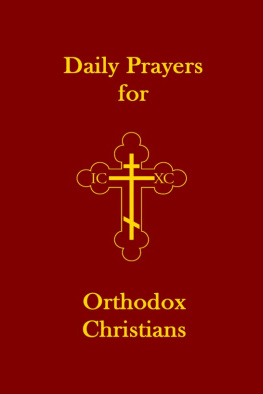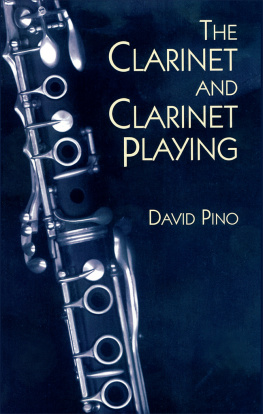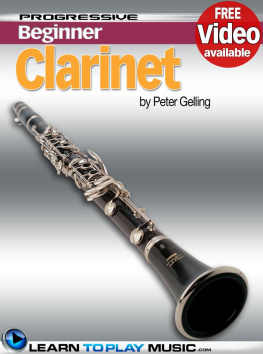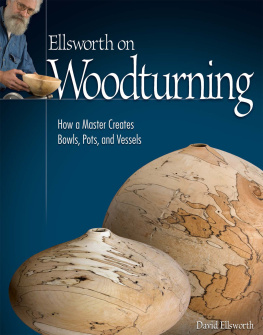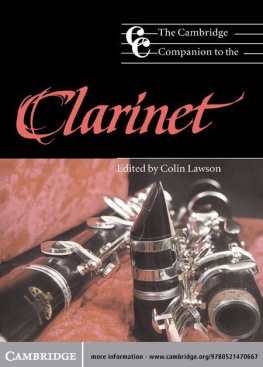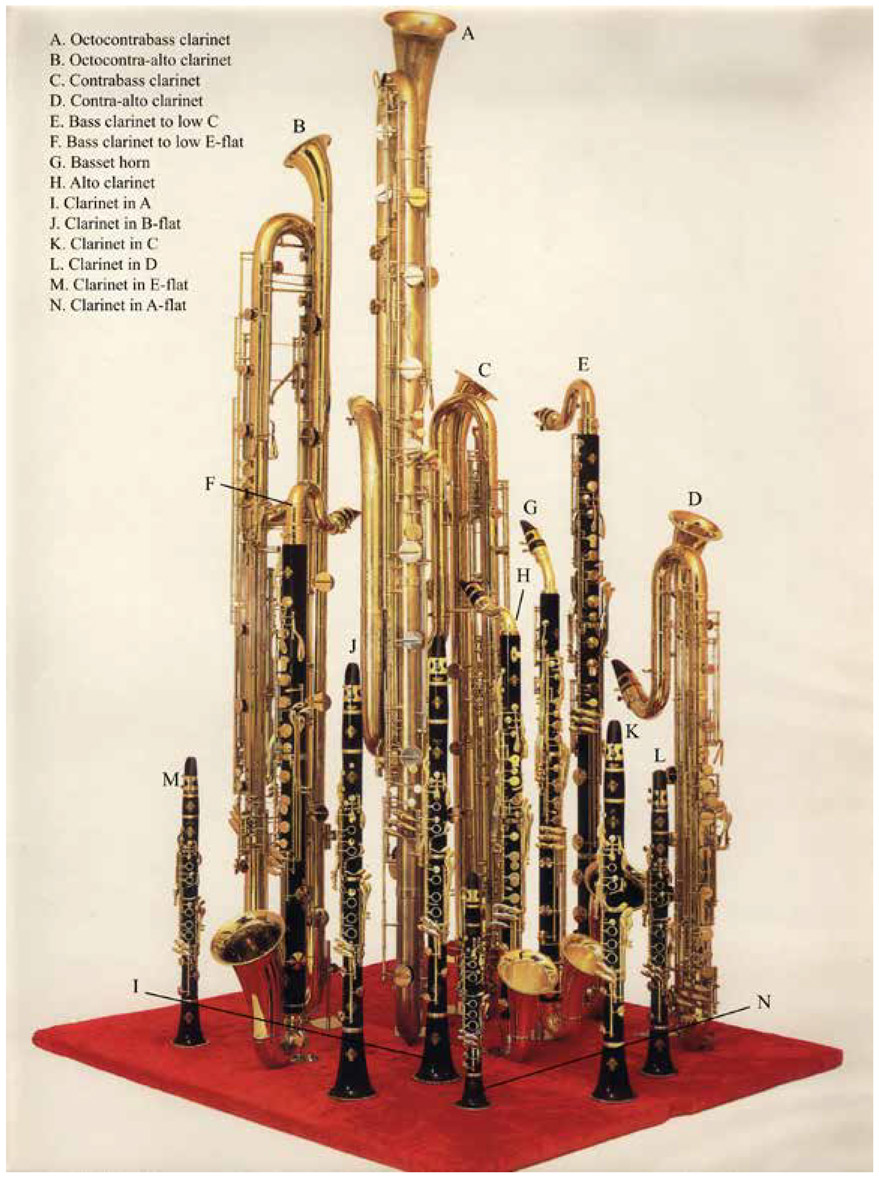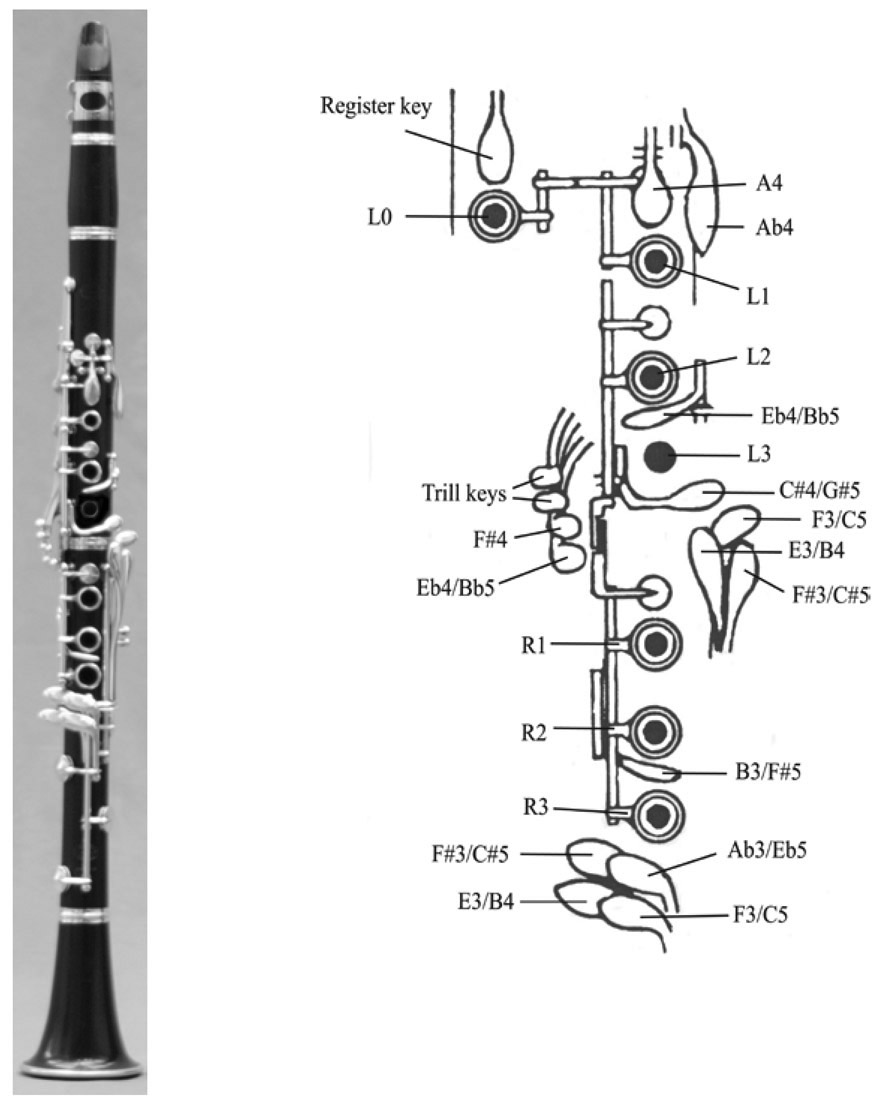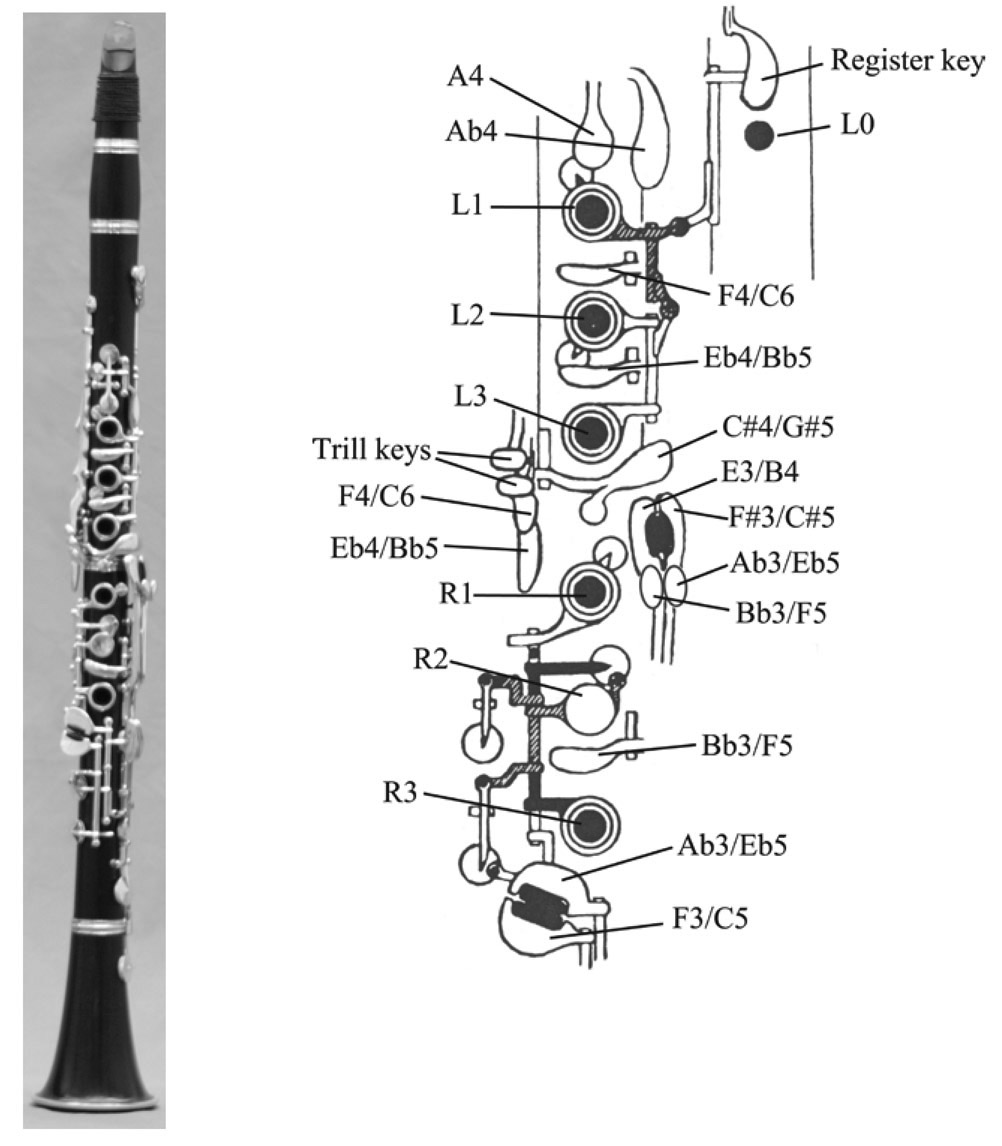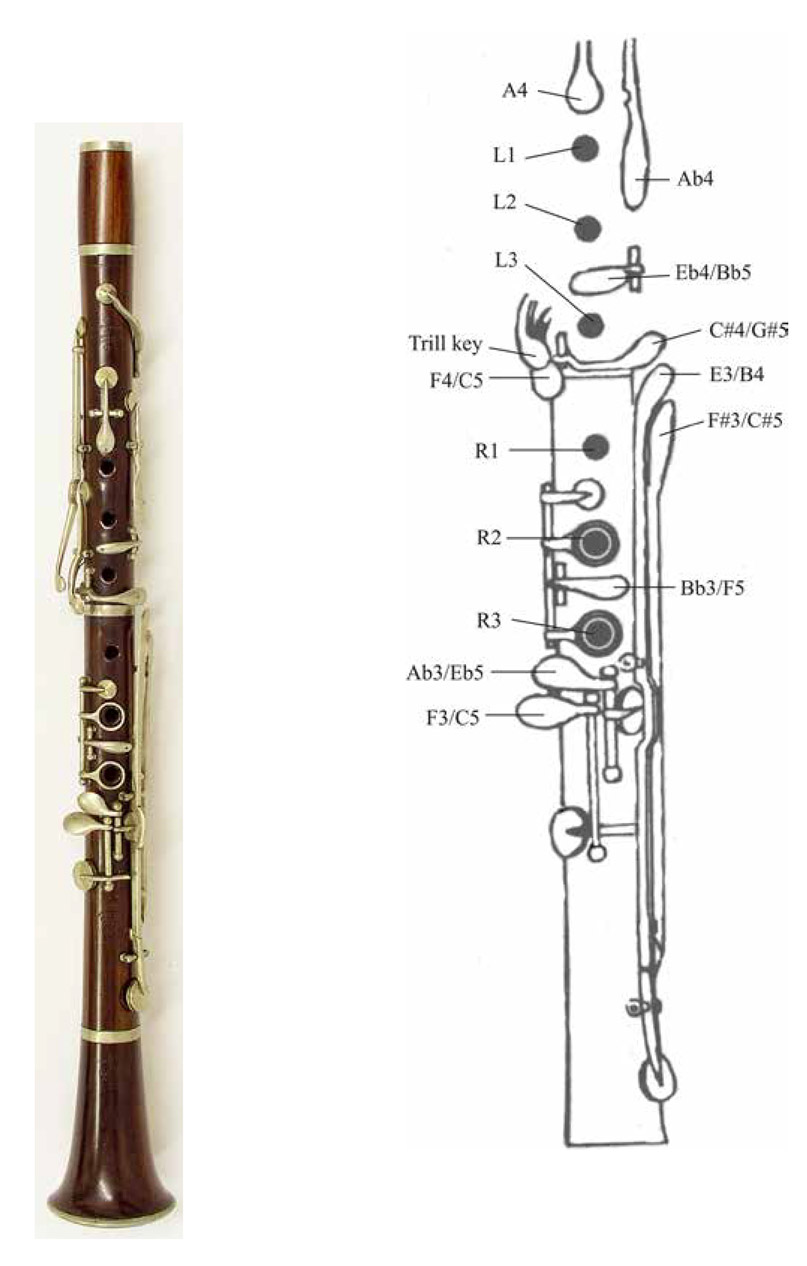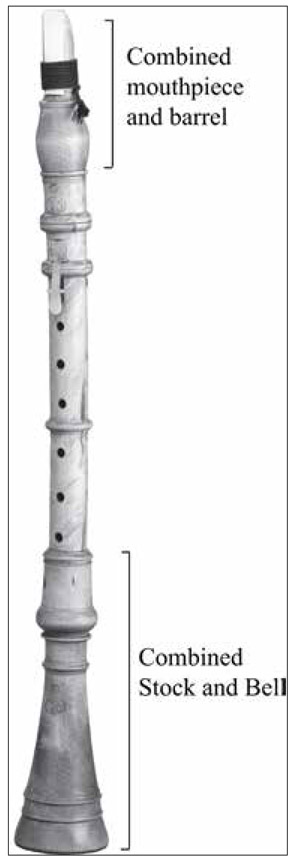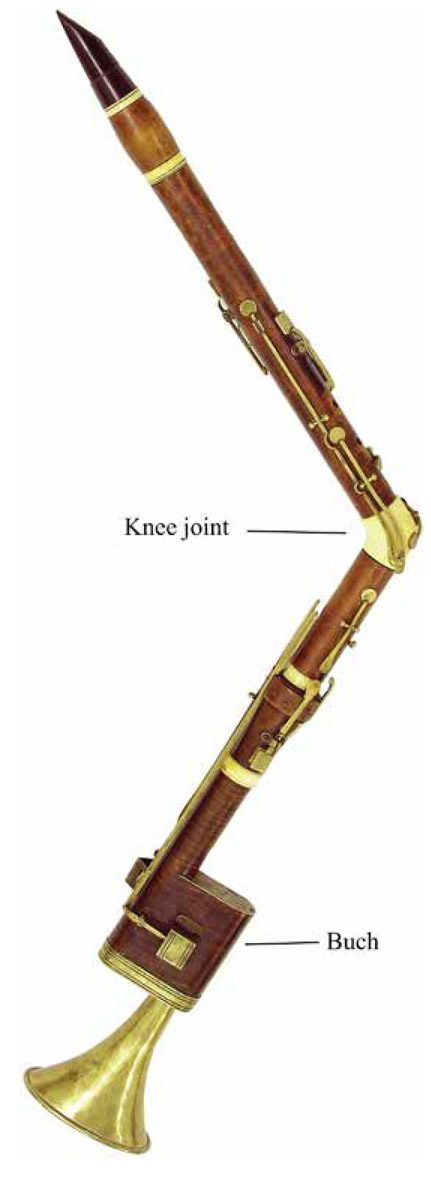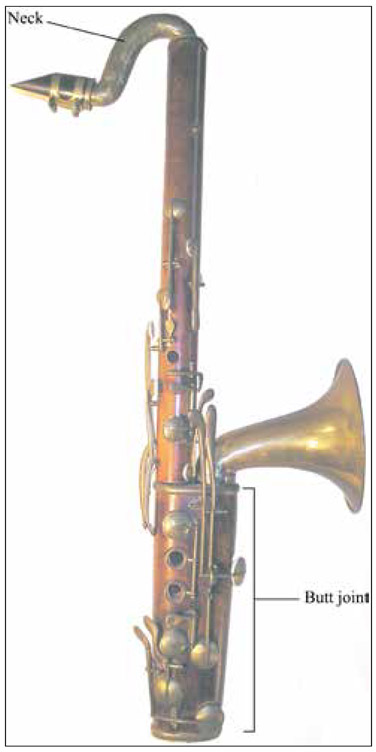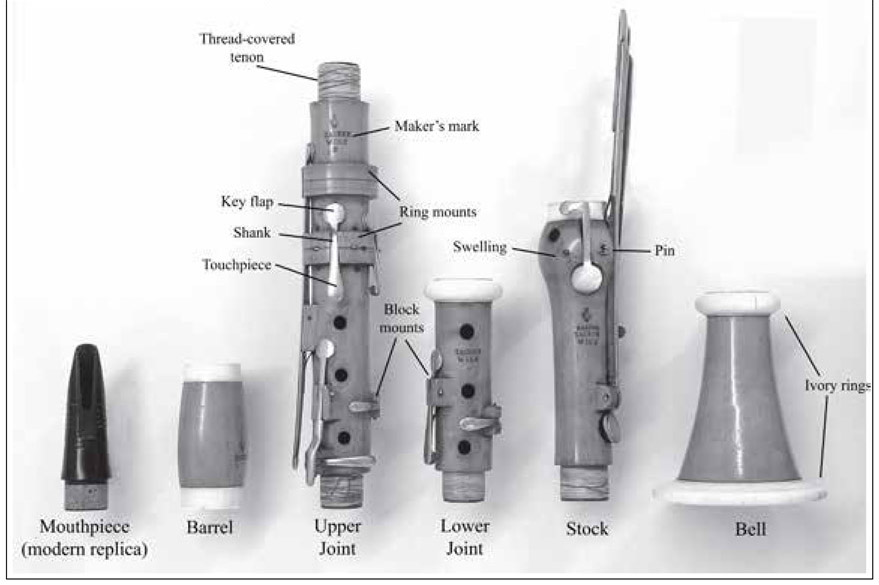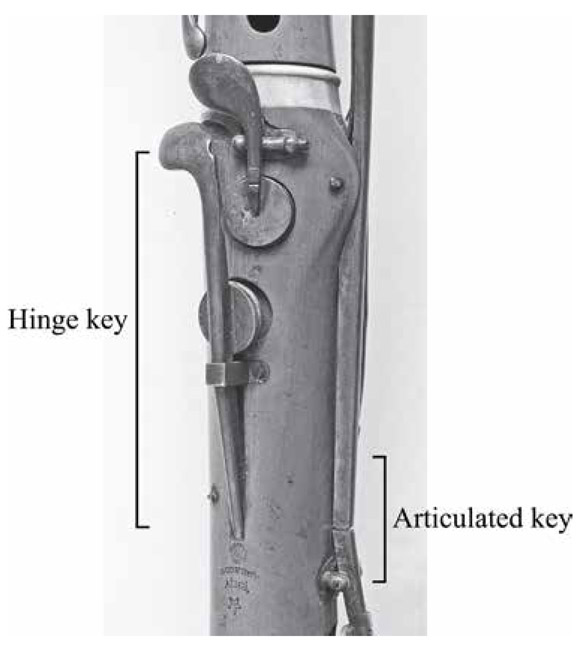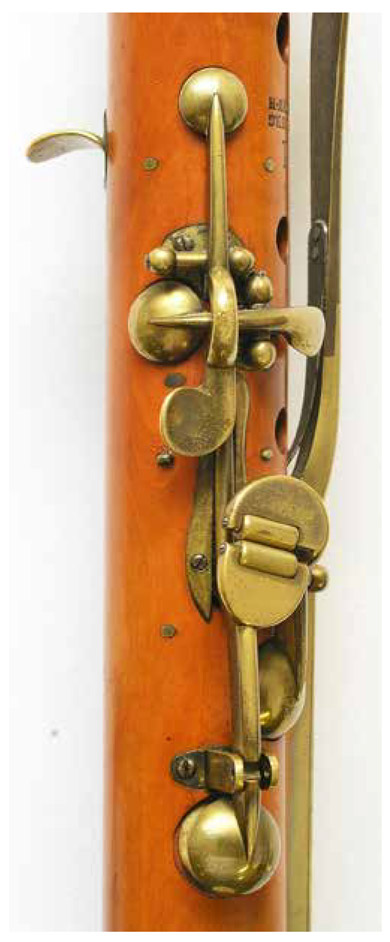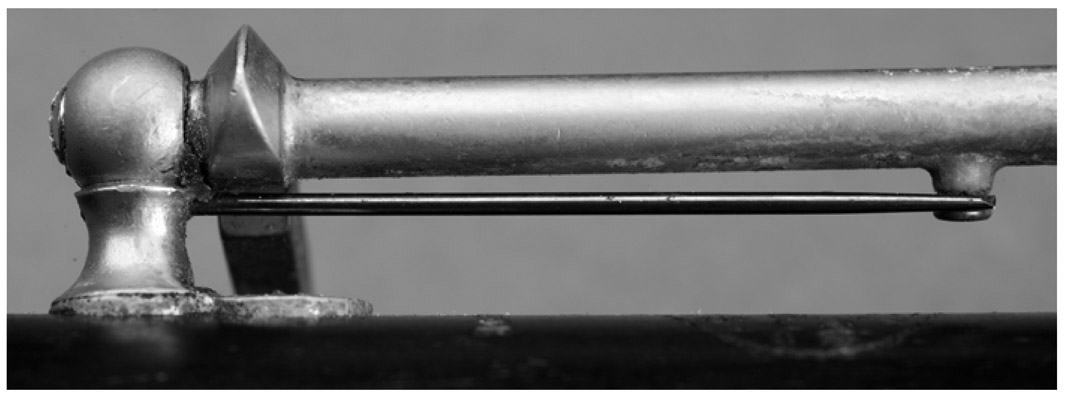About the Author
Jane Ellsworth is associate professor of music history at Eastern Washington University. She holds doctoral degrees in both musicology and clarinet performance, and has studied at the Cleveland Institute of Music and The Ohio State University. She performs regularly with the Inland Northwest Chamber Music Collective and the Spokane Symphony. Her current research involves the history of the clarinet in eighteenth- and nineteenth-century America.
Acknowledgments
I am grateful to numerous individuals who gave generously of their time to assist in various ways with this dictionary. First and foremost I thank Albert Rice, who proofed a number of entries related to the organological history of the clarinet, shared photographs and other materials, and gave constant encouragement about the project. His unstinting help (not only to me, but to the many other clarinetists around the world with whom he is always in correspondence) is much valued and appreciated by the clarinet community at large.
Expert repair technicians and instrument/mouthpiece makers Clark Fobes, Stephen Fox, Walter Grabner, and Larry Naylor helped to untangle some terms related to clarinet keywork, maintenance, and repair. Stephen Fox also reviewed the acoustics-related entries for accuracy and readability.
Larry Conboy, of the Eastern Washington University Graphics Department, produced many of the excellent photos used throughout this dictionary. Other individuals who provided photographs, illustrations, or other types of help were Michael Bryant, Deborah Check Reeves, Nophachai Cholthitchanta, Jerry Disney, Eric Hoeprich, Mike Kamphuis and Stephanie Richards of Conn-Selmer, Bruno Kampmann, Howard Klug, Arnold Myers of the Edinburgh University Collection of Historic Musical Instruments, and David Ross. I am grateful for the assistance of all these individuals, and they are further credited in the captions of the images they provided.
My husband Bill Conable contributed hours of proofreading and help with the creation of several illustrations, as well as limitless patience and encouragement during the time I spent writing this dictionary.
In addition to these wonderful colleagues and friends, I am indebted to numerous individuals at Scarecrow Press especially Bennett Graff, who invited me to write this dictionary in the first place, and David Daniels, the series editor for these instrument dictionaries. Their help has been invaluable.
APPENDIX 1 The Clarinet Family
Figure 30. The clarinet family. Photo courtesy of Conn-Selmer
APPENDIX 2 Boehm, German, and Albert Systems
Key and Tone Hole Names
Figure 31. Left: Boehm system clarinet; Right: Diagram of keys and tone holes for the Boehm system clarinet. Photo courtesy of Eric Hoeprich; diagram from Anthony Baines, used with permission from W. W. Norton
Figure 32. Left: German system clarinet; Right: Diagram of keys and tone holes for the German system clarinet. Photo courtesy of Eric Hoeprich; diagram from Anthony Baines, used with permission from W. W. Norton
Figure 33. Left: Albert system clarinet. Right: Diagram of keys and tone holes for the Albert system clarinet. Photo courtesy of the Edinburgh University Collection of Historic Musical Instruments; diagram from Anthony Baines, used with permission from W. W. Norton
APPENDIX 3 Historical Instruments and Their Parts
Figure 34. Tenor chalumeau by J. C. Denner. Photo courtesy of David Ross
Figure 35. Replica of a two-key clarinet in D by Denner, made by Jochen Seggelke.
Figure 36. Five-key clarinet in B-flat by Goulding, ca. 1805.
Figure 37. Thirteen-key clarinet in C by Baumann, Paris, ca. 182530. Note the saltspoon keys and the rollers on the pinky keys. The keys are mounted on posts attached to foot plates. Photo courtesy of Nophachai Cholthitchanta
Figure 38. Basset horn by Griesbacher, Vienna, ca. 1800. Fifteen keys; originally eight. Photo courtesy of the Edinburgh University Collection of Historic Musical Instruments
Figure 39. Anonymous bass clarinet (attr. to Buffet-Crampon), ca. 1850. Photo courtesy of Bruno Kampmann
Figure 40. Twelve-key clarinet by Kaspar Tauber, Vienna, ca. 1810. Photo courtesy of the Edinburgh University Collection of Historic Musical Instruments
Figure 41. Stock of a thirteen-key Mller system clarinet by Clair Godfroy, Paris, ca. 1818. This example shows a hinge key and an articulated key. Photo courtesy of the Edinburgh University Collection of Historic Musical Instruments
Figure 42. Lower joint of a thirteen-key Mller system clarinet by Kayser, Hamburg. This example shows saltspoon keys with stuffed pads, and roller keys for R4. Photo courtesy of the Edinburgh University Collection of Historic Musical Instruments
APPENDIX 4 Key Parts and Mounting Types
Figure 43. Key parts and screws. Photo by Larry Conboy
Figure 44. Needle spring. Photo by Larry Conboy



